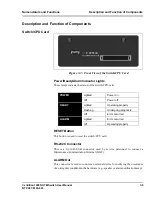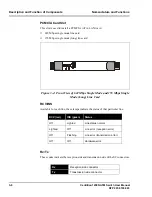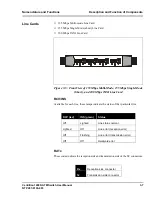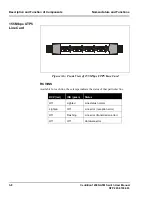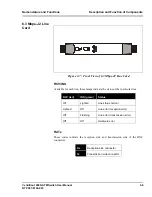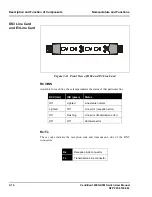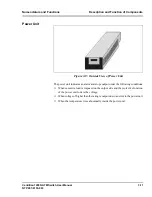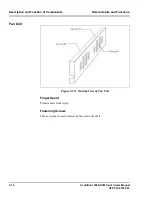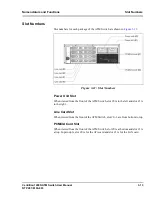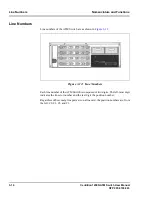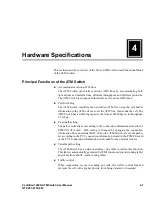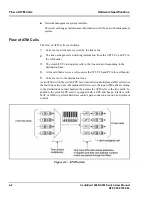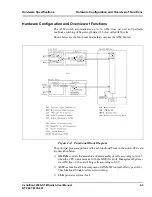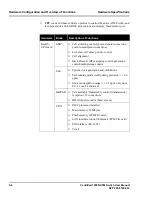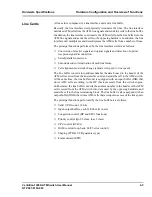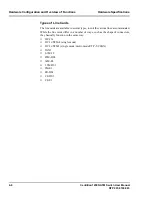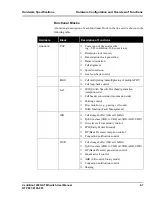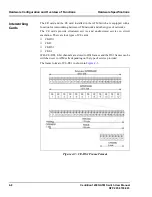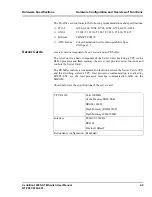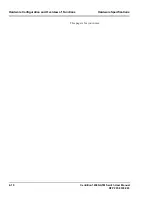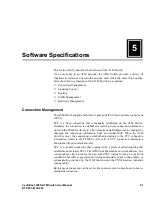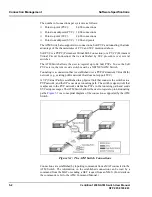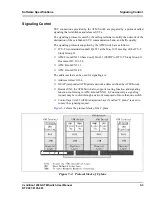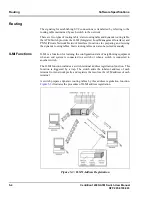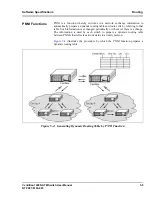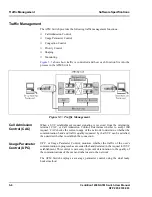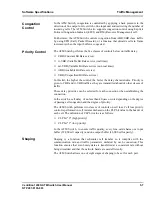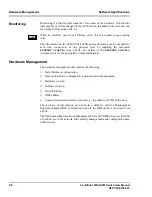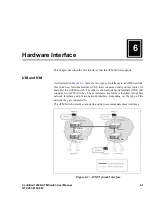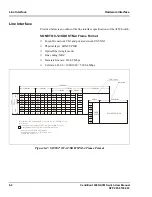
Hardware Specifications
Hardware Configuration and Overview of Functions
Centillion 1200N ATM Switch User Manual
4-5
NTP 297-8103-903
Line Cards
A line card is composed of a line interface unit and a line buffer.
Basically, the line interface unit physically terminates the lines. The line interface
unit takes ATM cells from the ATM line signals and sends the cells to the line buffer.
In addition, the line interface unit inserts the ATM cells from the line buffer into the
ATM line signals and sends the cells to the opposing hardware. In addition, the line
interface unit multiplexes and demultiplexes the ATM cells from a number of lines.
The principal functions performed by the line interface unit are as follows:
■
Conversion of electric signals and optical signals and detection of optical
reception signal disconnection.
■
Serial/parallel conversion.
■
Encode/decode or termination of each line frame.
■
Cell alignment and clock change (adjusts cell speed to line speed).
The line buffer converts into address number the data housed in the header of the
ATM cell received from the line interface unit and sends the cell to the ATM switch.
At the same time, the line buffer unit is equipped with an input buffer (IXB) that
stores ATM cells according to the BP (back pressure) from the switch engine.
Furthermore, the line buffer converts the address number in the header of the ATM
cell received from the ATM switch into data used by the opposing hardware and
sends the cell to the line terminating block. The line buffer is also equipped with an
output buffer (OXB) that stores ATM cells that are input in excess of the line speed.
The principal functions performed by the line buffer are as follows:
■
Valid VP bit count: 14 bits
■
Input-output buffers, each 32,000 cells in size
■
Congestion control (BP and EFCI functions)
■
Priority control (QoS 5 class, loss 2 class)
■
UPC control (GCRA)
■
OAM control (loop-back, F4/F5 error control)
■
Shaping (PCR & SCR guarantee type)
■
Frame discard (EPD)

